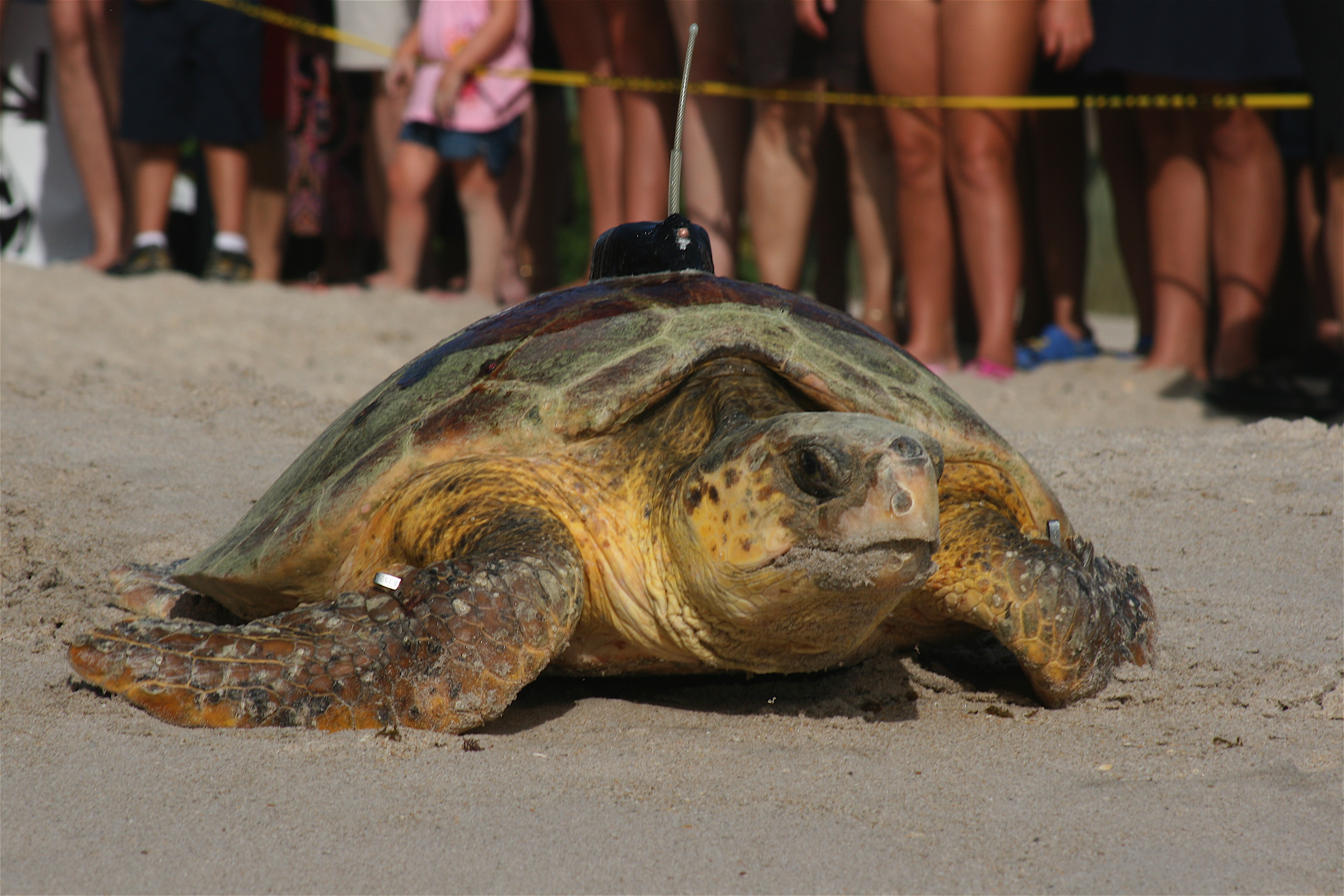When you purchase through links on our site , we may garner an affiliate delegacy . Here ’s how it works .
A half - shell turtleneck species that swim inChina ’s coastal piss 220 million yr ago is the oldest turtle known to day of the month , a new psychoanalysis of fossils reveals .
The turtle had a paunch shell , but its back was essentially bare of armor .

The ancient aquatic turtle, Odontochelys semitestacea (shown here in a life reconstruction) sported a belly shell for protection from below as the creature swam in the coastal waters of China.
Last workweek , a team of scientist had report the discovery of the oldest aquatic turtle , dating back 164 million years . That was a shortly - live title . The new half - shell aquatic turtle , consider by Chun Li of the Chinese Academy of Sciences in Beijing and his colleague and dubbedOdontochelys semistestacea , swam aroundeven longer ago .
Li and his squad looked at corpse that included two skull and other skeletal castanets unearthed in China ’s Guizhou province in 2007 . The depth psychology , detail in the Nov. 27 issue of the journalNature , intimate that today ’s turtle must have arise from an aquatic - polo-neck ancestor . The event also provide support for a theory of how polo-neck shells evolved .
Shells start at belly

The specimens studied by Li showed many sign of being from primitive turtles . For illustration , the researchers foundOdontochelyshad an elongated , indicate snout . Most modern turtles have short snouts . In addition , the ceiling of its oral cavity , along with the upper and lower jaw , were fit with tooth , which the researchers say is a primitive feature for polo-neck whose mugs are now tipped with beaks but contain no tooth .
The fact that the turtle had a fond plate ( only covering its venter ) sheds Christ Within on an intermediate microscope stage of shell development that scientists had n’t see . Before the discovery ofOdontochelys , the oldest know turtleneck species ( aquatic or terra firma - based ) was the terrestrial turtleProganochelys , which lived about 210 million years ago . But this turtle had a to the full formed shell , providing slight evidence as to how the case develop .
One approximation has been that the turtle shell evolve from bony plate on the skin that broaden and fused together to form the turtle ’s armor . The entire construction would then fuse to the underlying ribs and backbone . ( mod reptilian , such as crocodiles , have these bony plates , as did some dinosaur , such as ankylosaur . )

The newly studiedOdontochelysspecimens , however , show no signs of bony skin plates . Instead , they had broad ribs and a belly shell extending from the backbones . These features point to another modality of shell development in which the paunch shell evolved first . Then , the rib and backbone broadened to form the upper cuticle , the researchers enounce .
Ancient turtle lived in piss
lend further support , this phylogeny narrative match shell development in modern - day turtleneck embryos in which the backbones blow up outward and the rib broaden to adjoin and form a eggshell .

The complete shell on the new fossil ’s underside also suggest the turtles lived in the body of water , where their abdomen would be exposed to predators . " Reptiles living on the farming have their bellies airless to the ground with little exposure to risk , " say research worker Olivier Rieppel , a geologist at The Field Museum in Chicago .
In an accompanyingNaturearticle , researcher point to an substitute hypothesis for this partly - protected polo-neck . They suggest even earlier turtleneck put on a complete upper and lower casing , but this turtle had a reduced upper shell , one that was n’t temper as bone , as an adjustment for survive in the pee .
Rieppel disagreed , tellingLiveSciencethat if the turtle had once carry a complete eggshell , the researcher would have noticed other change in the turtle ’s rib and vertebrae . They did n’t see these changes .

The research was fund by the Ministry of Science and Technology of China , National Natural Science Foundation of China , Chinese Academy of Sciences and Canadian Museum of Nature .














